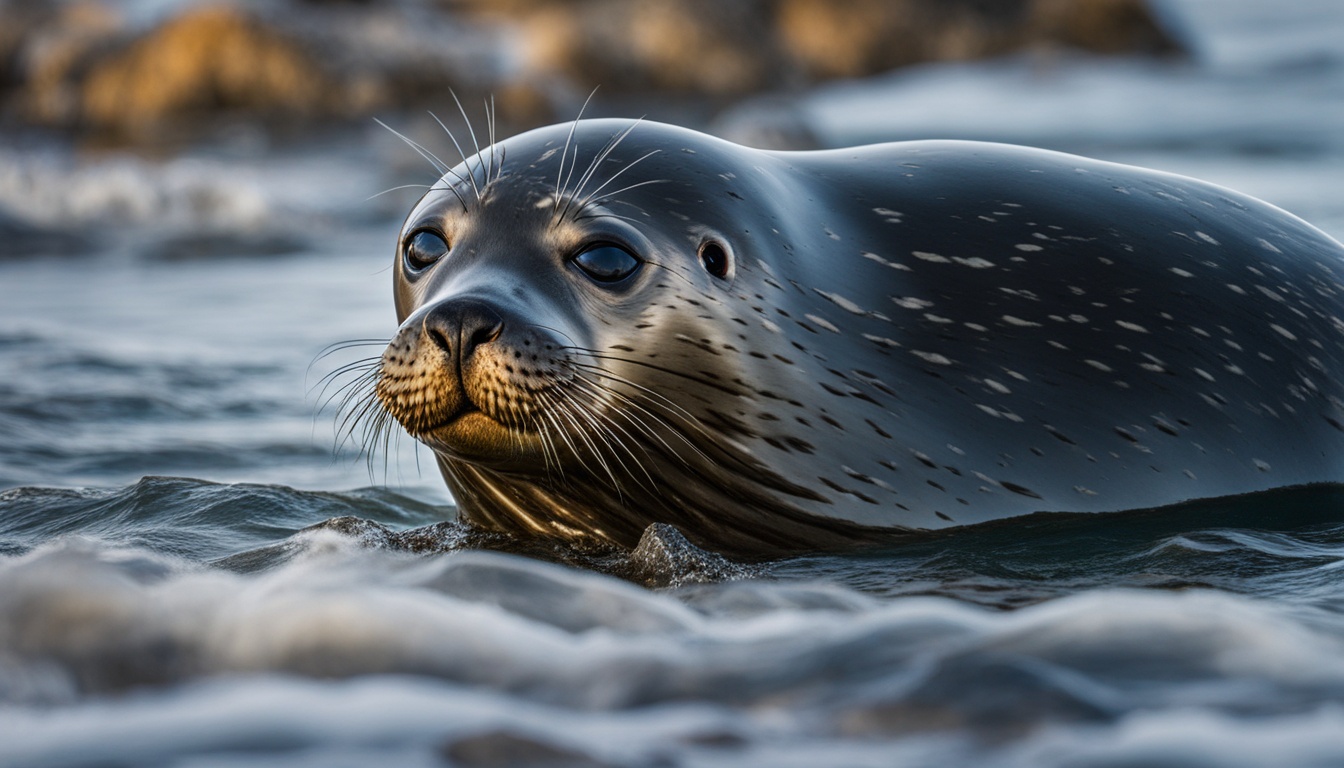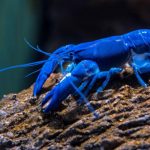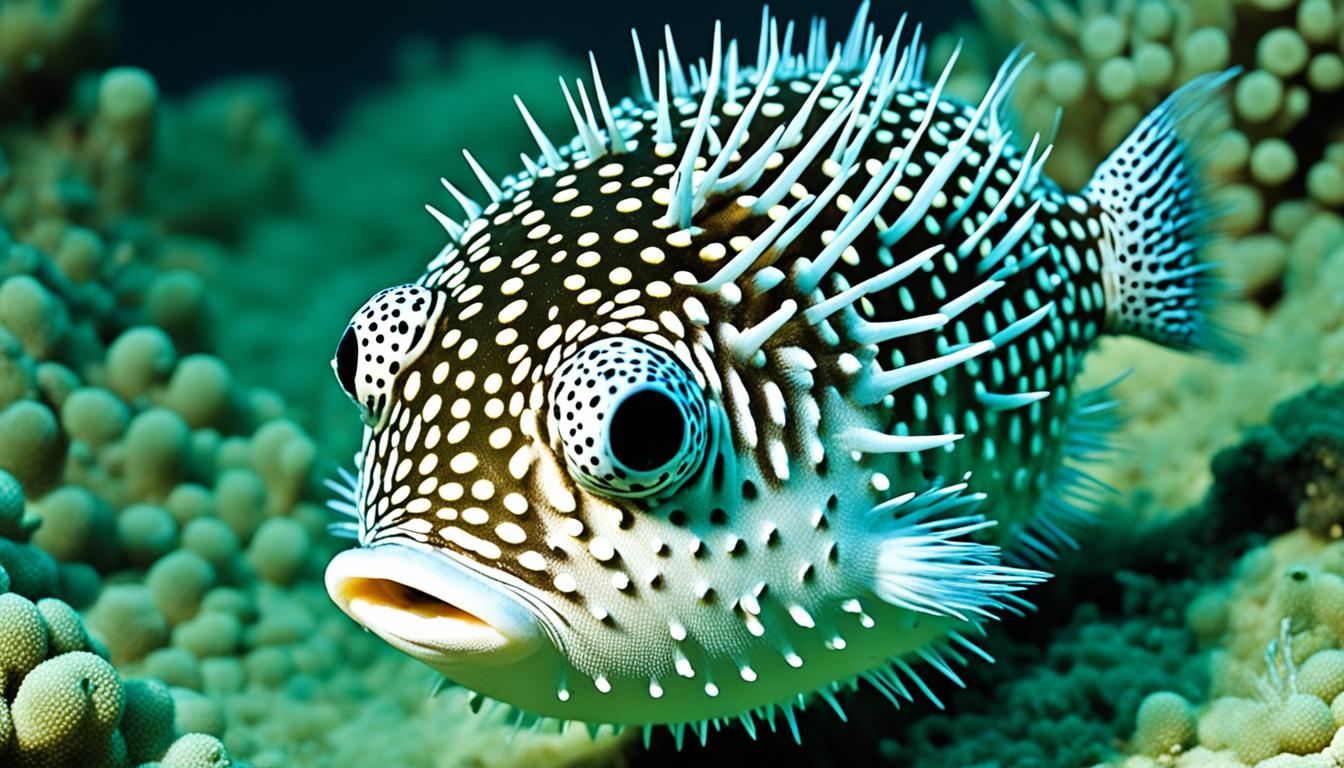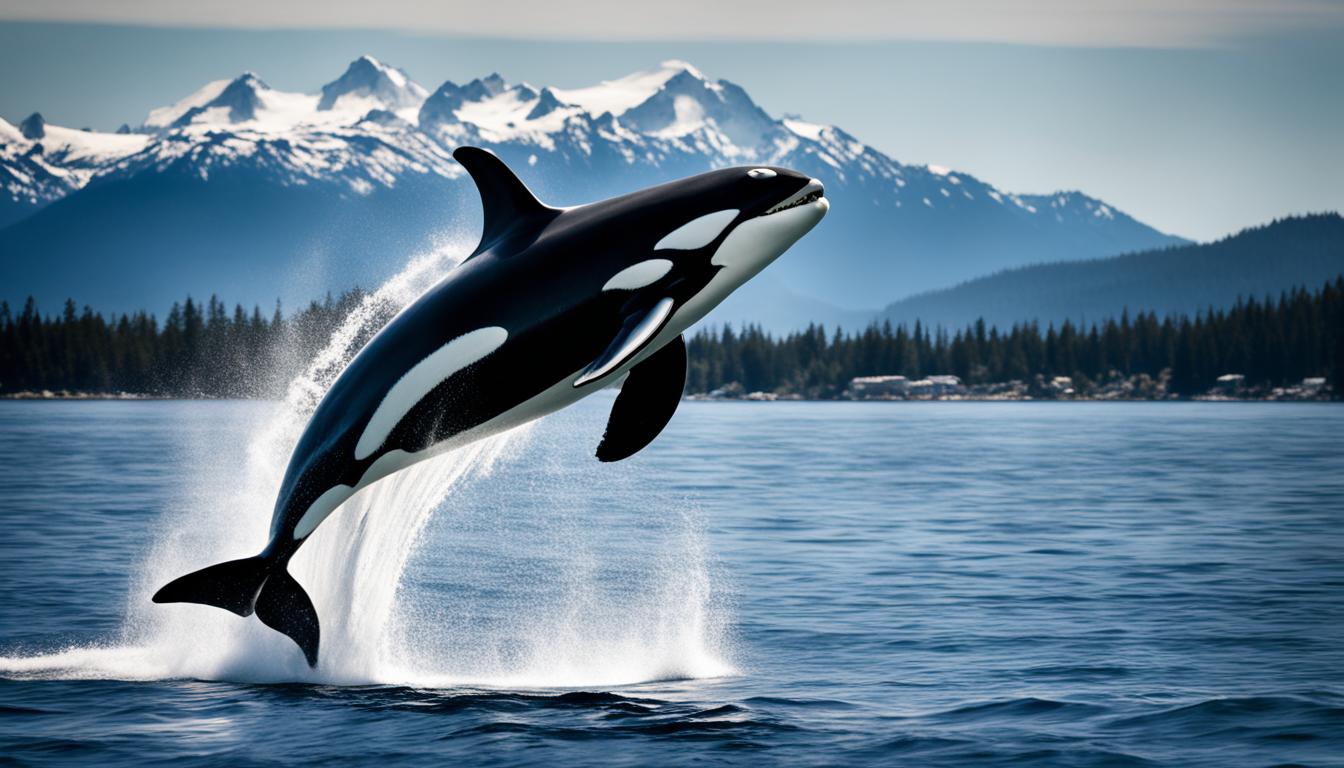In the world of marine biology, seal reproduction is key to keeping populations healthy and ecosystems balanced. It’s vital to understand how seals breed to get a deeper look into marine life. Seals have different ways of reproducing based on their environment and social groups. Learning about their reproductive cycle helps us appreciate these animals more and shows why we need to keep studying and protecting them.
The Basics of Seal Reproduction
Learning about seal reproductive behavior helps us understand their unique traits. It covers their anatomy and how they mate. This shows how their body and environment work together to breed.
Introduction to Seal Reproductive Biology
Seals have different ways of mating, depending on where they live and their social groups. Some seals mate with one partner, while others have multiple mates. Their mating is often linked to the seasons, helping their populations grow.
Reproductive Anatomy and Physiology
Seals have special body parts for mating and giving birth on land and in water. These parts affect how they mate and have babies. For example, female seals have features that help them carry babies in different places.
| Aspect | Details |
|---|---|
| Mating Strategies | Polygyny in species like the elephant seal; monogamy in harbor seals. |
| Seasonality | Seasonally mono-oestrous behavior; synchronized breeding. |
| Gestation | Ranges from 9 to 12 months, depending on species. |
| Birthing Locations | Restricted to safe terrestrial sites for pups; varies by species. |
How do seals reproduce?
Learning about when seals become sexually mature is key to understanding how they reproduce. Different seal species reach sexual maturity at different ages. This affects their ability to have babies. Knowing this helps scientists study seal populations.
Understanding Sexual Maturity and Puberty
Seals become sexually mature between three to six years old, depending on the type. For example, harbor seals may mature faster than elephant seals. Their age is crucial for their ability to reproduce. Things like food, home, and climate also play a part in when seals mature.
Changes in the environment trigger behaviors in seals that affect their breeding. Daylight and ocean temperature help set the timing of mating. This shows how the environment and seal behavior are linked. Knowing this helps track seal populations and their breeding habits.
| Seal Species | Age of Sexual Maturity (Years) | Typical Mating Behavior |
|---|---|---|
| Harbor Seal | 3-5 | Polygynous |
| Elephant Seal | 3-6 | Sexual Harassment |
| Gray Seal | 4-5 | Monogamous |
| Common Seal | 3-4 | Variable |
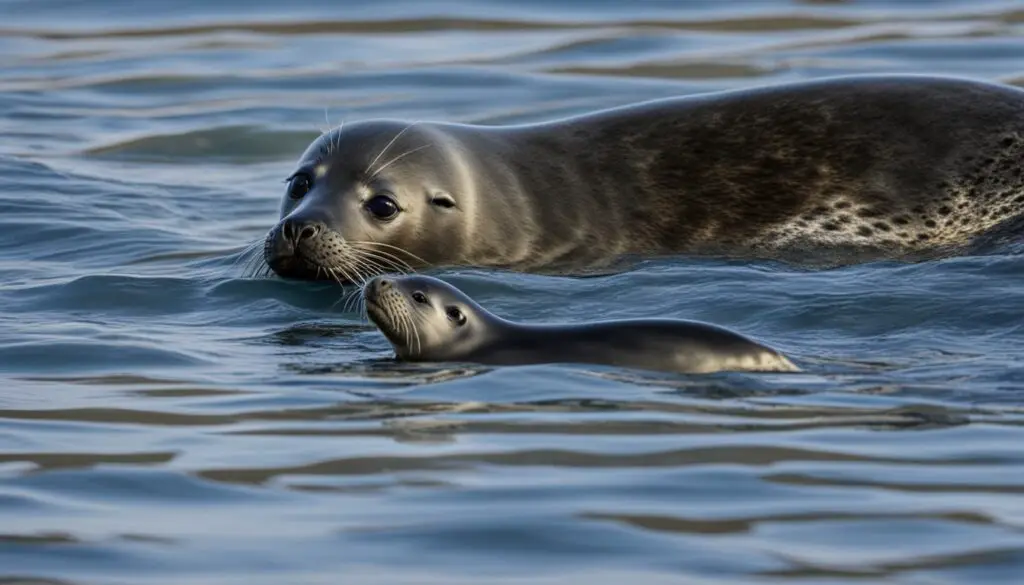
Learning about seal sexual maturity and how the environment affects them shows how complex their breeding is. This knowledge is vital for protecting their species and managing their populations.
Seal Mating Habits and Strategies
Seal mating habits show how these animals thrive in different places. Each species has its own way of reproducing that fits its environment. Knowing these strategies helps us protect them better.
Types of Mating Strategies
Seals use various mating strategies based on where they live. Here are some common ones:
- Serial Monogamy: Pairs stick together for the breeding season to help their young survive.
- Extreme Polygyny: Big males take over large areas and mate with many females, keeping rivals away.
- Short-term Mating: Quick mating outside territories helps mix up the genes.
Seasonal Mono-oestrous Behavior
Many seals only have one breeding season a year. They know when it’s time to mate because of changes in temperature and food. This makes sure mating happens when it’s best for raising pups.
Knowing how seals mate helps us manage their populations. By understanding their mating habits, we can focus our conservation efforts better. This way, we can tackle the issues that affect their breeding cycles.
| Strategy Type | Description | Impact on Population |
|---|---|---|
| Serial Monogamy | Pairs bond for breeding season | Increases pup survival |
| Extreme Polygyny | One male mates with multiple females | Promotes genetic diversity |
| Short-term Mating | Brief encounters outside territories | Enhances genetic mixing |
The Seal Breeding Process
The seal breeding process is fascinating in marine biology. It shows how seals go from being pregnant to giving birth. Their unique way of reproducing includes gestation periods and embryonic diapause.
Gestation and Embryonic Diapause
Seals have different gestation times, lasting from 9 to 12 months. A key part of this is embryonic diapause. This lets seals delay the embryo’s implantation in the womb.
By doing this, seals can time their births for the best conditions. This helps their babies have a better chance of survival.
Terrestrial Requirements for Parturition
Seals need special places on land for giving birth. They usually choose hidden beaches or ice floes. These spots protect them from predators and help the newborn seals.
Keeping these places safe is crucial for seal survival. Changes in the environment threaten their breeding success.
Seal Pregnancy Duration
Learning about seal pregnancy duration sheds light on their reproductive success. Different species have various gestation periods. This affects when births happen and the survival of pups. By looking into these periods, we see how seals adapt to their environments and their unique reproductive ways.
Typical Gestation Periods Across Species
Seal species have different pregnancy lengths, which can vary a lot. For example, the Atlantic gray seal’s pregnancy lasts about 11 months. The harbor seal’s is shorter, around 11 to 12 weeks. The elephant seal has one of the longest pregnancies, often over 11 months.
These differences in pregnancy length help pups survive and show how seals adapt to their homes. The timing of births is also key. Many seals are born during certain seasons to help their pups survive. This is influenced by things like food availability and the weather.
The link between how long seals are pregnant and their reproductive strategies shows the challenges they face. These pressures shape their mating and parenting in different environments.

